Search Engine Optimization is essential for any website to rank high in search results and bring in organic traffic. But how do you prepare a WordPress site for SEO? Will installing a good SEO plugin be sufficient? Not quite.
Here are the items that should be in your WordPress SEO checklist.
Tip #1: Use Quality Content
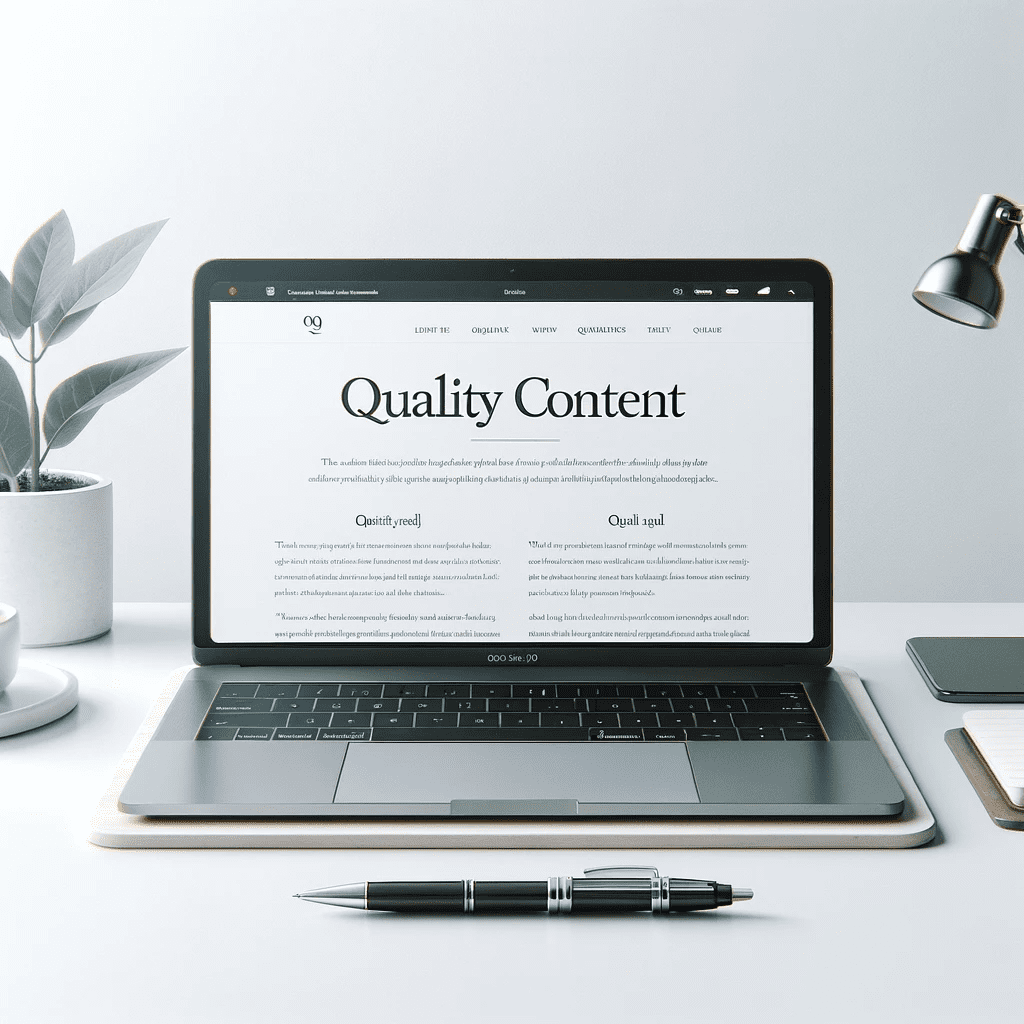
The MOST IMPORTANT tip of all, is to write good content. If website visitors get value from your content, your website will eventually rank.
But what does it mean to provide value to visitors?
Understanding search intent of the visitor and using relevant keywords in the content provides the most value to your visitors. Your site visitors visited the site for a reason, they might be looking for an answer or want to buy something. Fulfilling the intention with relevant content makes visitors stay for longer and increase your site’s SEO value.
Hence, always focus on writing genuine content to help site visitors.
Tip #2: Improve Site Performance and Accessibility

A poorly performing website will make it difficult for visitors and also for google bots to scan the site. Bad performance significantly affects site’s ranking as no one really receives any value from it.
A Positive User Experience is very important.
Accessibility also plays an important role. If the visitor finds it difficult to use the website, they will not stay on the site for long. Hence, using good font size, proper contrast and spacing is very important. A good design that takes into consideration every visitor’s accessibility results in improvement in SEO as well.
Tip #3: Optimize Site URLs
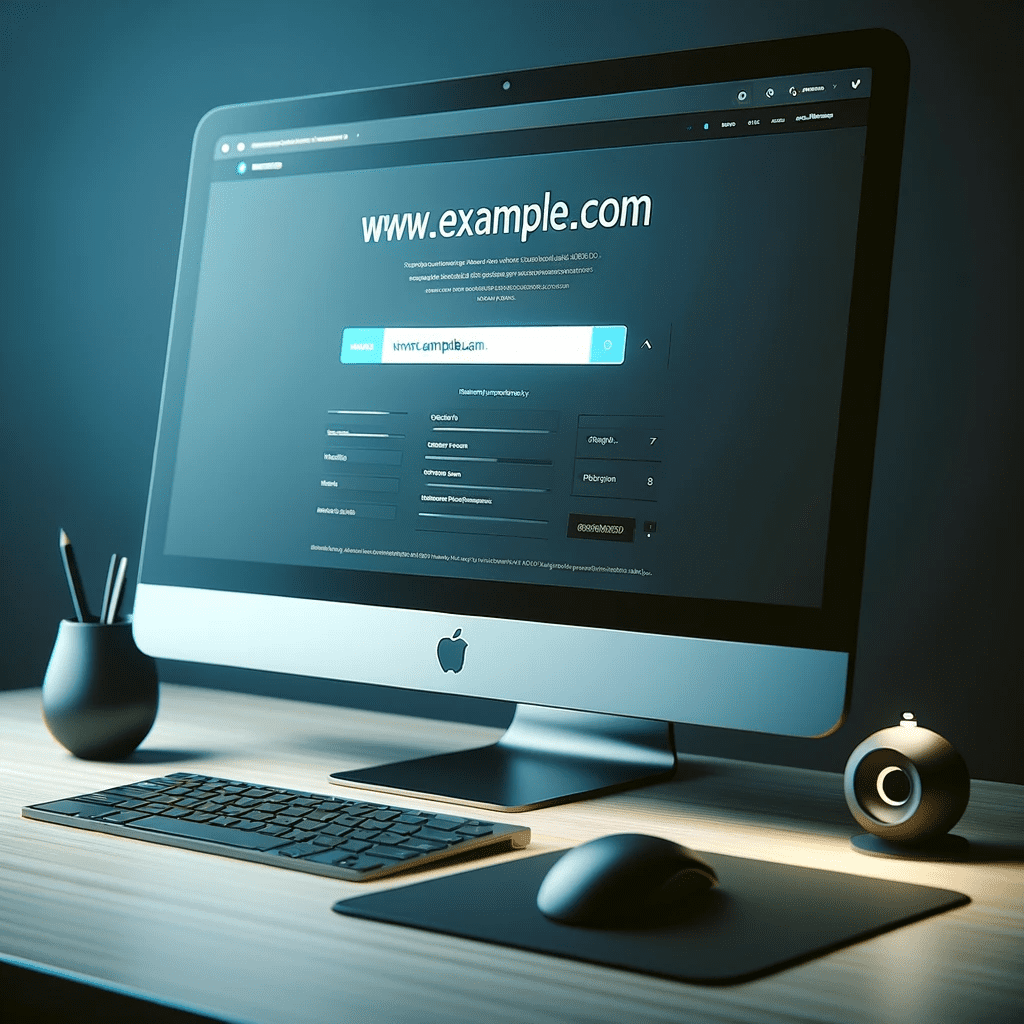
Proper URL structure is essential for SEO. We will go through a few things below:
- Use an SSL certificate
- WordPress Address URL and Site Address URL should have same structure. Either use www or don’t, but both the URL needs to have same structure as Google treats www and non-www sites differently.
- Use SEO-friendly Permalink Structure. The Post Name structure in WordPress permalink settings is a good one.
- Every Page URL should have primary keywords relevant to the page’s content.
Tip #4: Meta Titles and Meta Descriptions
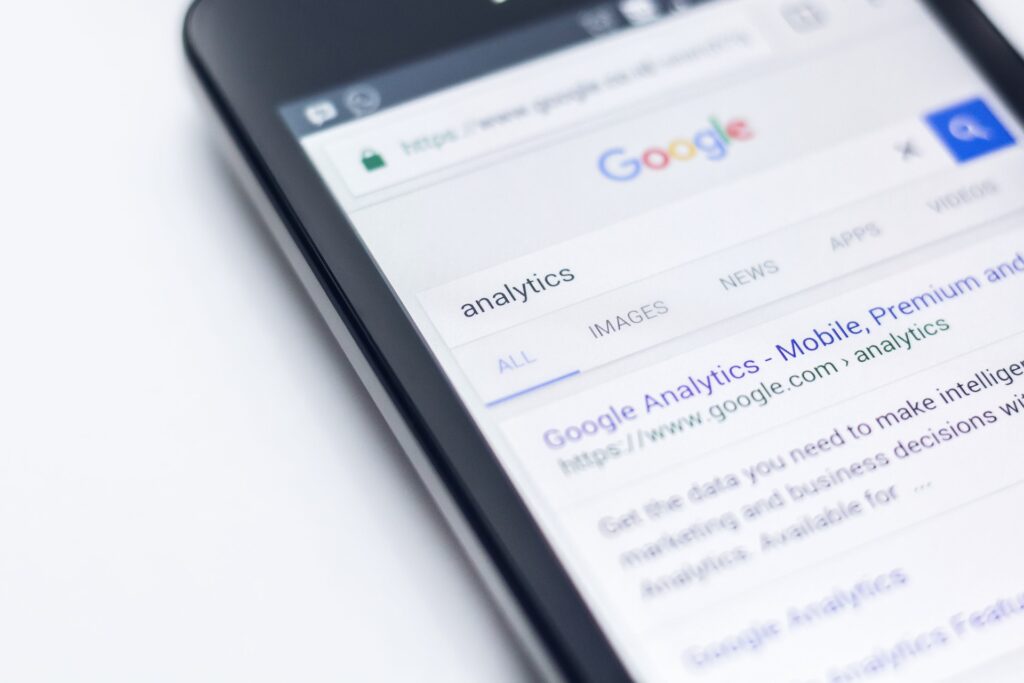
Every page and post on a WordPress site should have a relevant Meta Title and a relevant Meta Description. Relevant here refers to having primary keywords. Meta Descriptions are good to briefly describe what the page is about.
A good length for Meta Titles is 60 characters and for Meta Descriptions is 160 characters.
For better tips on how to use tools like ChatGPT for writing Meta Titles and Descriptions, check out this article – https://lytboxacademy.com/how-to-use-chatgpt-to-improve-website-copy-2/.
Tip #5: Use HTML Tags Properly

HTML tags are what Google crawlers use to navigate through a site and understand its structure. Hence HTML tags should be placed with great care, which is often ignored.
Here are some of the tags and their purpose:
- <header>: The header tag should wrap the header of the website. There should be only one header tag per page.
- <nav>: The nav tag should wrap around the navigation menu. This tells google about the sitemap.
- <main>: The main tag wraps around the main document or content of the page. The content inside should be unique and not be repeated outside of the tag.
- <article>: The article tag should be used for any kind of Post
- <aside>: The aside tag should wrap around the sidebars
- <H> tags: The heading tags (<H1>,<H2>, etc.) should be used on headings as the name suggests. H1 should be the most important heading of the page followed by H2, H3, etc. There is only one H1 tag per page
Tip #6: Image Optimization
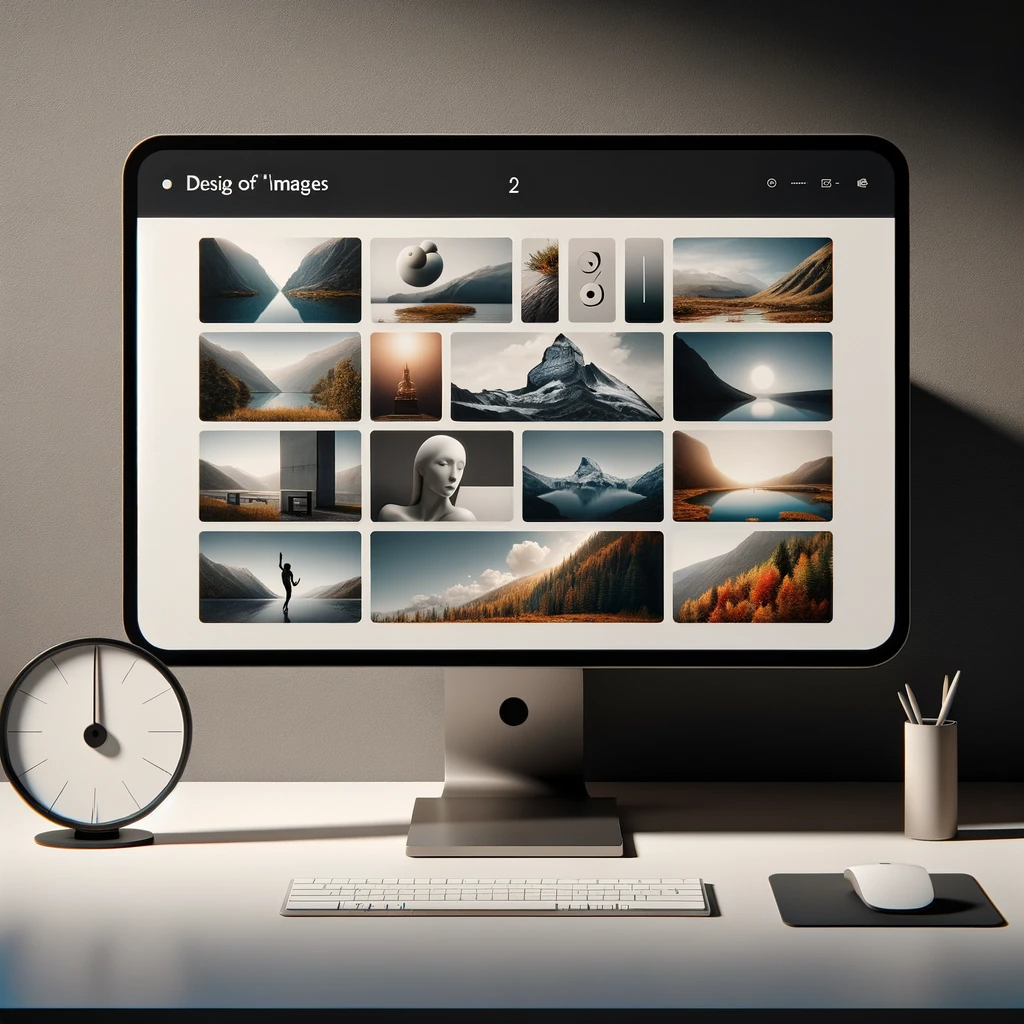
Images used on the website should all have proper titles, describing the images and also Alt text for accessibility. Alt text is the text that is visible to readers when the image does not load for some reason. Alt text should briefly describe the image.
Tip #7: Install an SEO plugin
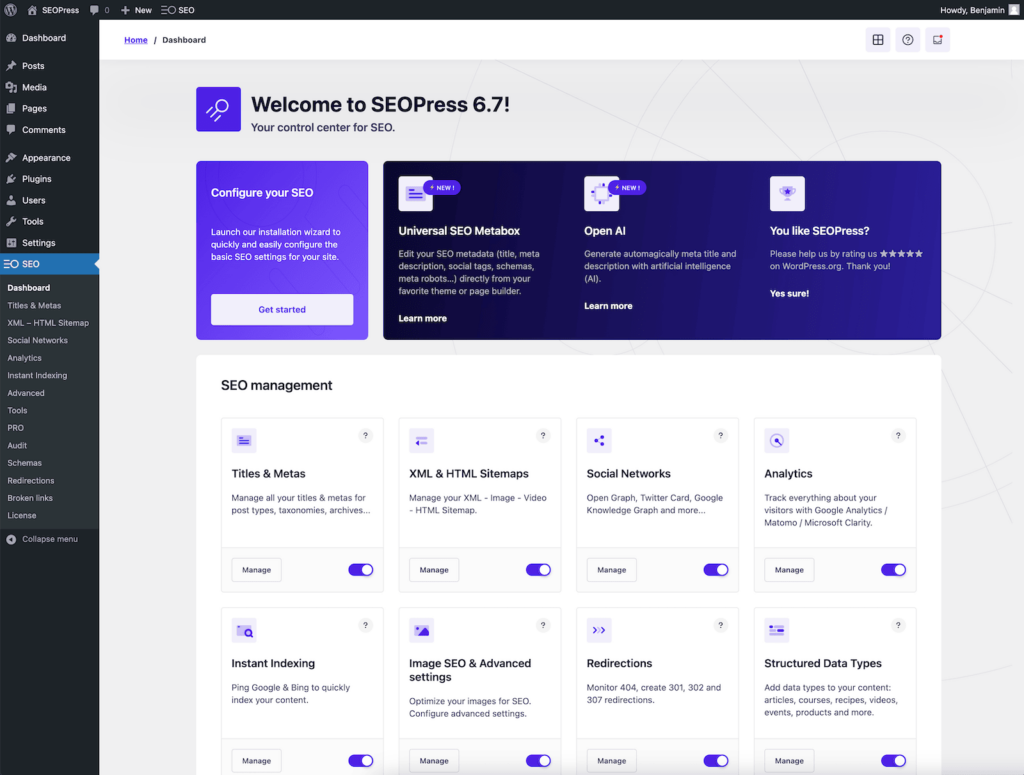
Use a good SEO plugin to analyze and improve different aspects of WordPress SEO, like On-Page SEO, Schemas, etc. They are also good for analyzing content and creating XML sitemaps for Google Search console.
Here are our top 3 SEO plugin recommendations:
- SEOPress Pro (This is what we use on our websites)
- Slim SEO
- RankMath
Let us know in the comments which plugin you use for your WordPress websites.
Conclusion
SEO is definitely one of the most crucial and complex parts of a website. It is one of the most difficult digital marketing channels. But if done properly, it can bring in a consistent amount of quality traffic to your websites.
The 7 tips discussed will definitely help you get started and make a difference.
However, SEO is much more than just 7 tips. That is why we are launching a comprehensive course on SEO for WordPress, where we will discuss every aspect of the subject in great detail.



